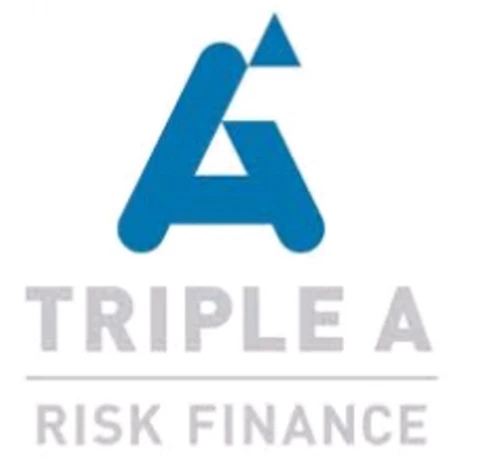
Power portfolio: Why it’s time to invest in infrastructure
Infrastructure investments are a resilient subset of private assets. Even in equity form, they are usually secured against underlying project assets, typically associated with long-term contracts that provide stable, predictable cashflows: for example, telecom tower leases with telecom providers, government contracts-for-difference for renewable energy sales, and so on. Depending on loan structure, debtholders may also have additional downside protection, thanks to liquidity reserves from excess cashflows, covenants and collateral security.
Other attractive features include diversification from public equity and corporate debt markets, and inflation protection. Infrastructure can also play a measurable role in meeting insurers’ ESG (environmental, social and governance) investment targets.
Investment themes
Infrastructure is broadly split into three areas: digitalisation and modernisation, decarbonisation, and demographics. Within these, there are opportunities to improve and modernise how we live, create economic growth, and meet communities’ evolving needs.
- Digitalisation and modernisation – examples include data centres, communication networks, container ports, tunnels, rail networks and airports
- Decarbonisation – facilitating the energy transition through renewable energy. Examples include operating and development platforms, waste management, recycling and landfill facilities, power generation and utilities (Figure 1).
- Demographics – incorporates social and economic infrastructure, such as hospitals, prisons and other healthcare, education and public safety requirements.
[....]



